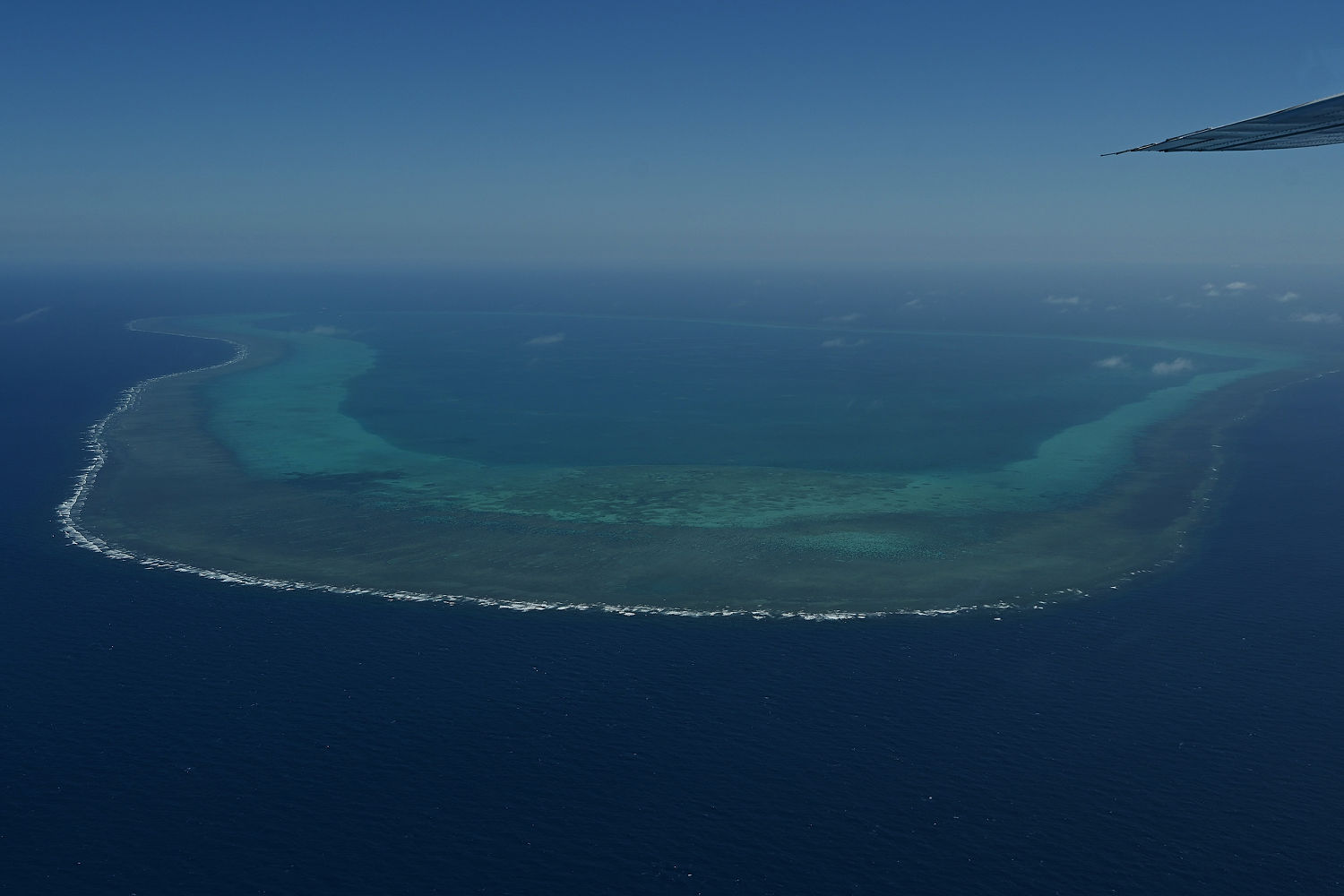Philippines protests Chinese jets’ firing of flares in patrol plane’s path

MANILA, Philippines — The Philippine government said Tuesday that it had filed a diplomatic protest against Beijing after Chinese jets flew dangerously close and fired a volley of flares in the path of a Philippine air force patrol plane over a disputed shoal in the South China Sea.
The Chinese air force jets’ hostile actions against the Philippine military’s NC-212i light transport plane Thursday over the Scarborough Shoal was the first such aerial encounter since high-seas hostilities between Beijing and Manila in the busy seaway started to flare last year.
Philippine military chief Gen. Romeo Brawner Jr. did not report any injuries or damage but condemned the Chinese actions, which he said could have had tragic consequences.
“If the flares came into contact with our aircraft, these could have been blown into the propeller or the intake or burned our plane,” Brawner told reporters. “It was very dangerous.”
Department of Foreign Affairs spokesperson Teresita Daza said without elaborating that a diplomatic protest had been transmitted to China.
Philippine President Ferdinand Marcos Jr. said over the weekend that the actions by the Chinese air force jets were “unjustified, illegal and reckless.”
“We call on the government of the People’s Republic of China to cease all forms of provocative and hazardous acts that could undermine the safety of Filipino military and civilian personnel in the waters or in the skies, destabilize regional peace, and erode the trust and confidence of the international community in the PRC,” a Philippine government task force overseeing the South China Sea said Monday.
Despite the encounter, Philippine monitoring of its airspace will be intensified, the task force said.
The Southern Theater Command of the Chinese People’s Liberation Army said Saturday that a Philippine air force aircraft “illegally” entered the airspace above the shoal, which China claims, disrupting its combat training activities.
The command sent jets and ships to identify, track and drive away the Philippine aircraft, it added.
The command warned the Philippines to “stop its infringement, provocation, distortion and hyping-up.”
The United States, Australia and Canada have reported similar actions by Chinese air force aircraft in the past in the South China Sea, where those nations have deployed forces to promote freedom of navigation and overflight.
China has bristled at military deployments by the U.S. and its allies in the disputed region, calling it a danger to regional security.
In 2013, China announced a new Air Defense Identification Zone over the East China Sea that covers a chain of disputed islands also claimed by Japan. Beijing said then that all aircraft entering the zone must notify Chinese authorities and that they would be subject to emergency military measures if they did not identify themselves or obey orders from Beijing. However, Washington and its allies said the move was invalid and refused to recognize it.
Chinese officials had warned that Beijing could establish a similar air defense zone over the South China Sea if its sovereignty over the sea passage, a key global trade and security route, was threatened.
Jay Batongbacal, a law professor and director of the Institute for Maritime Affairs and Law of the Sea at the University of the Philippines, said the air defense zone was not an exercise of territorial rights over the area it covers.
“What is happening is that they are flexing their capabilities to intimidate the Philippines, to give the impression to non-Chinese audiences and countries that they have control of the air in the South China Sea,” Batongbacal said.
Aside from China and the Philippines, Brunei, Malaysia, Vietnam and Thailand have overlapping territorial claims in the busy sea passage, but hostilities have particularly flared between Chinese and Philippine coast guard and navy forces in the Scarborough Shoal and another hotly disputed atoll, the Second Thomas Shoal, since last year.
Washington has repeatedly warned that it is obligated to defend the Philippines, its oldest treaty ally in Asia, if Filipino forces, ships and aircraft come under an armed attack, including in the South China Sea.





